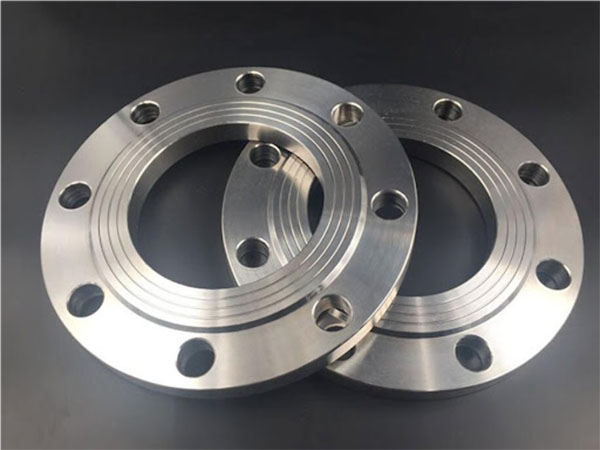Stainless steel flanges are commonly used in connecting pipe systems. There are many types of them, and the material, standard, size and application of each flange are different. So how to reasonably choose the right stainless steel flange? The following details the common standards and classifications of stainless steel flanges to help you have a deeper understanding of stainless steel flanges.

Flange commonly used three standards
1. Part of the European system standards: ISO 7005-1 DIN EN1092-1 BS4504-3.1, etc.
2. American system standards: ASME B16.5 ASME B16.47, etc.
3. Japanese and Korean standards: JIS B2220 KSB1503, etc
Stainless steel flanges are commonly used in connecting
piping systems, and their design and manufacture must meet strict standards to ensure long-term stable operation under harsh conditions such as high temperature and corrosion. The following details the common standards and classification of stainless steel flanges.
Common classification of stainless steel flanges
Flat welded flange
The flat welded flange is connected with the pipeline by flat welding, and has the characteristics of simple structure and convenient installation. Flat welded flange is generally used in various projects, the use of engineering is larger, and it is also a lower cost flange type.
The pressure of flat welded flange is divided into: PN2.5Bar, PN6Bar, PN10Bar, PN16Bar, PN25Bar, PN40Bar, etc. JIS standard is 5K, 10K.
Butt welded flange
Butt welded flange adopts butt welded method and pipe welding, generally used in high pressure system, because it adopts welding method with pipeline prefabrication, has high pressure and sealing performance.
The pressure of welding flange is divided into:
European standard: PN10Bar, PN16Bar, PN25Bar, PN40Bar, PN63Bar, PN100Bar, PN160Bar, etc.
Us standard: 150LB, 300LB, 400LB, 600LB, 900LB, 1500LB, 2500LB.
Day mark: 5K, 10K, 16K, 20K, 30K.
Threaded flange
The threaded flange is a non-welded flange, which is connected through the thread and used with pipes or other flanges, and is suitable for places where welding is not required. However, it is not recommended to use in situations with high general working conditions, so this flange is suitable for occasions where the working conditions are not high and the pressure is not high.
The pressure of threaded flange is divided into:
European standard: PN6Bar, PN10Bar, PN16Bar, PN25Bar, PN40Bar, etc.
Us standard: 150LB, 300LB.
Day mark: 5K, 10K, 16K, 20K.
Socket welding flange
Socket welded flange and flat welded flange are somewhat similar, but there is a slight difference, mainly in the inner diameter of the part more than a small step, the pipe pile to the step welding, generally used in small diameter pipelines.
The pressure of socket welding flange is divided into:
European standard: PN10Bar, PN16Bar, PN25Bar, PN40Bar, PN63Bar, PN100Bar, etc.
Us standard: 150LB, 300LB, 400LB, 600LB, 900LB, 1500LB.
Day mark: 5K, 10K, 16K, 20K.
Advantages of stainless steel flange
Excellent corrosion resistance
Stainless steel flanges contain a high proportion of chromium (usually no less than 10.5%), which can form a dense chromium oxide protective film on the surface and effectively resist oxidation and corrosion.
Good high temperature resistance
Stainless steel flanges maintain stable mechanical properties at higher temperatures and are suitable for high temperature working conditions, such as boilers, heat exchangers and high temperature piping systems.
Excellent mechanical properties and strength
Stainless steel has good tensile strength, toughness and ductility to ensure that the flange will not be easily broken when subjected to high pressure and mechanical stress.
Beauty and hygiene
The surface of the stainless steel flange is smooth and has a natural metallic luster, which not only meets the functional requirements, but also provides a beautiful appearance, and is often used in occasions with higher requirements for appearance.
In summary, stainless steel flange with its excellent corrosion resistance, high temperature resistance, high strength, excellent processing and welding performance and beautiful health characteristics, become an indispensable part of many high-demand projects.
